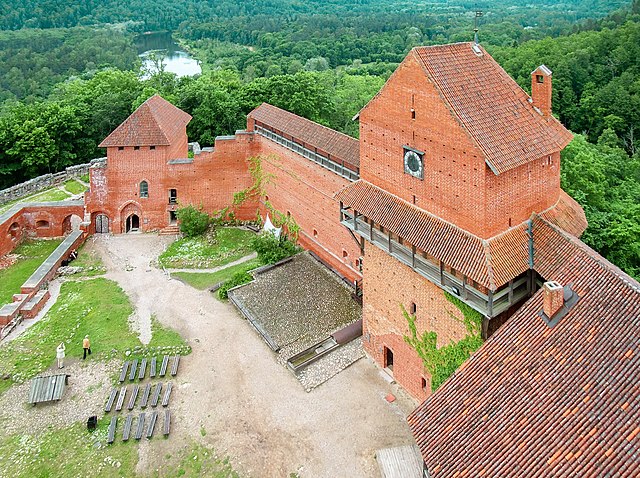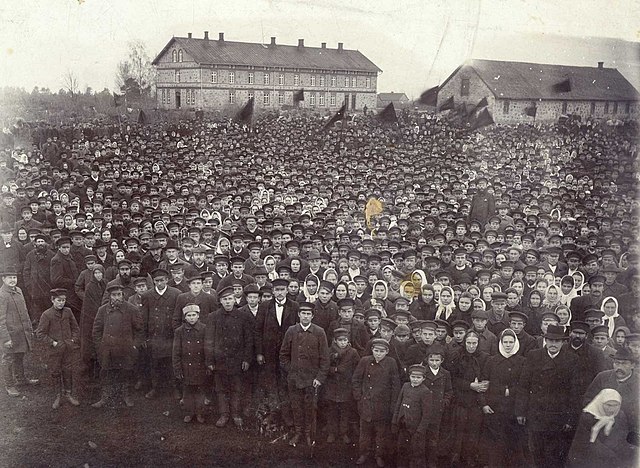The Constitution of Latvia is the fundamental law of the Republic of Latvia. Satversme is the oldest Eastern or Central European constitution still in force and the sixth oldest still-functioning republican basic law in the world. It was adopted, as it states itself in the text, by the people of Latvia, as represented in the Constitutional Assembly of Latvia, on 15 February 1922 and came into force on 7 November 1922. It was heavily influenced by Germany's Weimar Constitution and the Swiss Federal Constitution. The constitution establishes the main bodies of government ; it consists of 116 articles arranged in eight chapters.
Satversme 90th anniversary edition with editions in Latgalian, Livonian and other languages
Combined edition of the Satversme and the Rules of Order of the Saeima
Latvia, officially the Republic of Latvia, is a country in the Baltic region of Northern Europe. It is one of the three Baltic states, along with Estonia to the north and Lithuania to the south. It borders Russia to the east, Belarus to the southeast, and shares a maritime border with Sweden to the west. Latvia covers an area of 64,589 km2 (24,938 sq mi), with a population of 1.9 million. The country has a temperate seasonal climate. Its capital and largest city is Riga. Latvians belong to the ethnolinguistic group of the Balts and speak Latvian, one of the only two surviving Baltic languages, a branch of the Indo-European language family. Russians are the most prominent minority in the country, at almost a quarter of the population.
Turaida Castle near Sigulda, built in 1214 under Albert of Riga
Latvians national rally in Dundaga in 1905
Jānis Čakste (1859–1927), the first president of Latvia
Red Army troops enter Riga (1940).






